Weight, age at weaning and nutrition in breeding determine the condition of the animals in the transition phase.
The management during transition may have a direct impact on the evolution of piglets, including many parameters.

The weaning phase is the most critical time in the piglet’s life. Piglets change from one place to another, from milk – a highly digestible liquid feed – to dry feed.
This transition to entering the fattening stage is tremendously important, as it must prepare the animal to reach its full growth potential in the next phase. Therefore, it is crucial to pay special attention to all factors that can influence the growth and development of piglets in transition.
MANAGEMENT
What are the critical aspects of management in transition?
1. Animal separation
Piglets should be separated by sex and size, with smaller ones placed in the central pens in smaller groups to facilitate access to water and feed. Thus, weight and/or age variability between piglets in the same pen can be reduced.
2. Drinkers
Drinkers for lighter animals must have a constant flow of water in order to encourage their consumption and, consequently, that of the feed.
It is recommended that they are placed at least 11 cm from the floor to prevent contamination with feces.
3. Monitoring of health status
All animals suffering from a pathological process must be treated and separated from the rest in blocks called “nursery“.
4. Animal flow
Work with flows of animals of the same age to avoid transmission of pathogens, shortening the epidemiological chain and the transmission of disease between different lots.

The piglet has an extremely rapid growth capacity after weaning, but there are factors that determine the 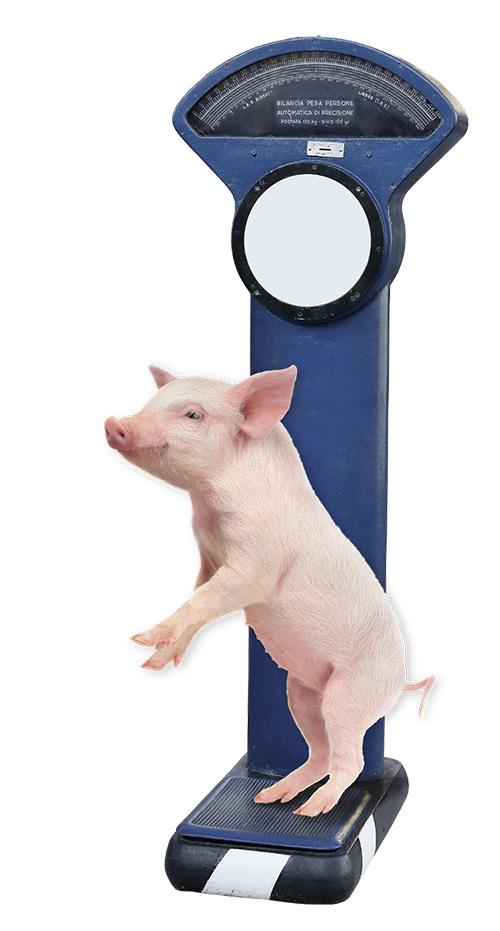
Weight, age at weaning and nutrition in breeding determine the condition of the animals in the transition phase.
The age at weaning is variable – 3-4 weeks of life, depending on genetics – and the weight of the piglets weaned in the same week can vary between 2 and 4 kg between the largest and smallest animals.
Selection for hyperprolificacy leads to greater variability in weaning weights and younger piglets are unfamiliar with feed consumption, so proper management during the transition phase is of vital importance.

The most important point to take into account is the flow of piglets, avoiding as much as possible big age differences in the weaning, since this is the most efficient way to reduce the pressure of infection and transmission of certain pathogens.
Continuous flows in the transitions maintain pockets of infection and constant recirculation of pathogens. So moving to All In-All Out systems is the best method of controlling pathologies in the transition phase.
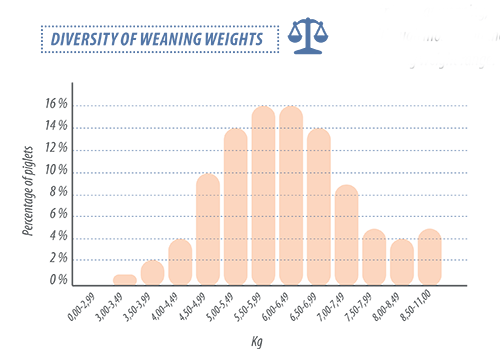
Subscribe now to the technical pig magazine
AUTHORS

Bifet Gracia Farm & Nedap – Automated feeding in swine nurseries

The importance of Water on pig farms
Fernando Laguna Arán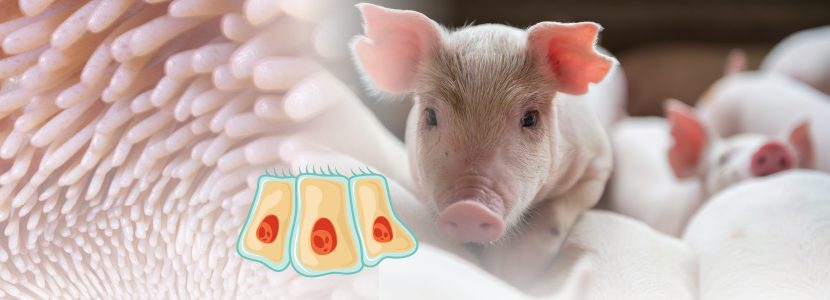
Microbiota & Intestinal Barrier Integrity – Keys to Piglet Health
Alberto Morillo Alujas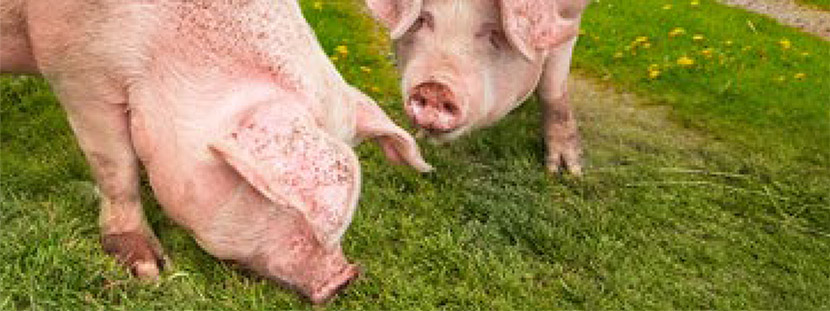
Impact of Reducing Antibiotic use, the Dutch experience
Ron Bergevoet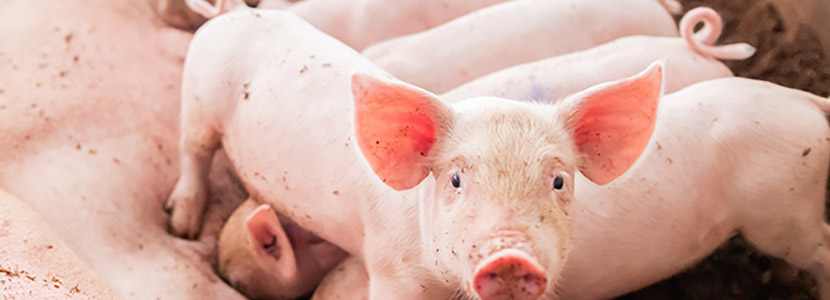
The keys to successful Lactation in hyperprolific sows
Mercedes Sebastián Lafuente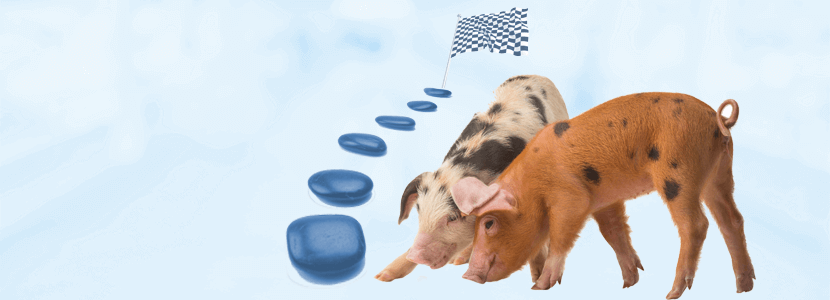
Addressing the challenge of Management in Transition
Víctor Fernández Segundo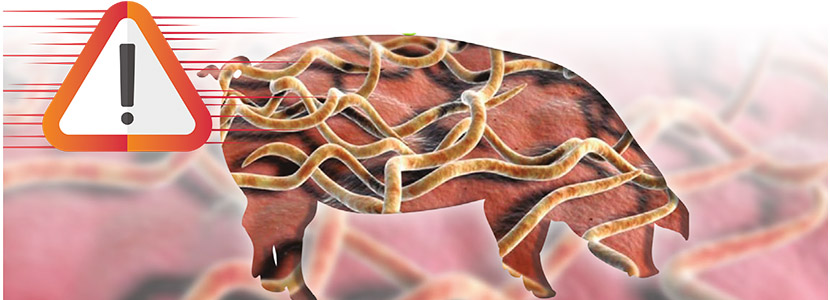
Dealing with the rise of Swine Dysentery
Roberto M. C. Guedes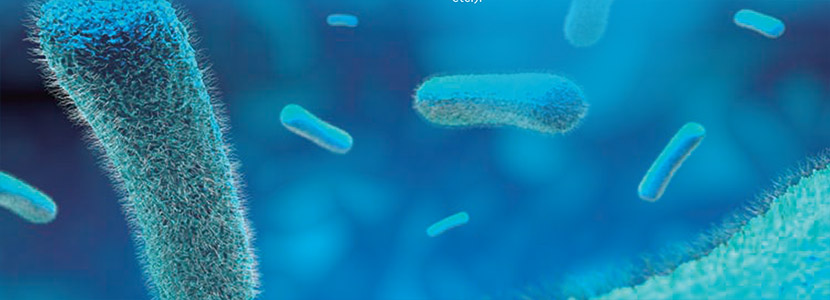
Actinobacillus pleuropneumoniae – What are we dealing with?
Marcelo Gottschalk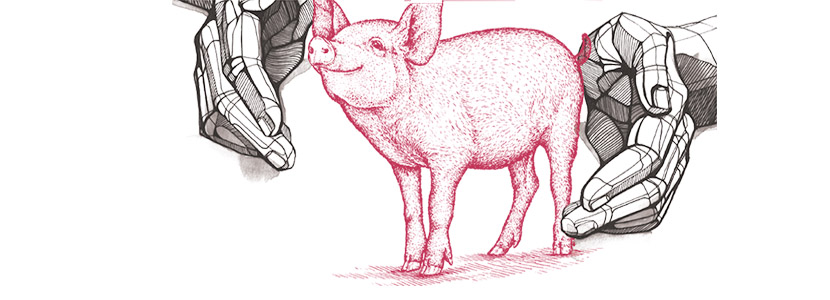
The new era of Animal Welfare in Pig Production – Are we ready?
Antonio Velarde
Gut health in piglets – What can we do to measure and improve it?
Alberto Morillo Alujas
Interview with Cristina Massot – Animal Health in Europe after April 2021
Cristina Massot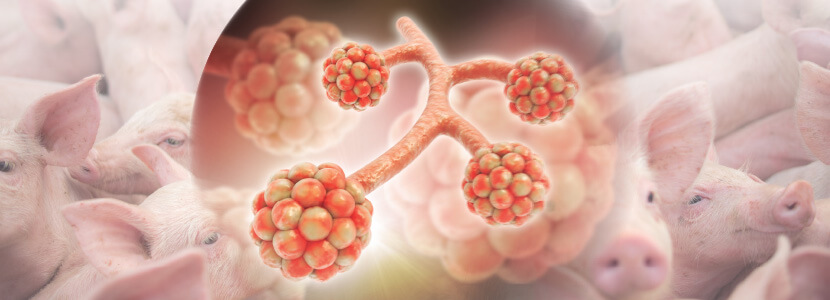
Differential diagnosis of respiratory processes in pigs
Desirée Martín Jurado Gema Chacón Pérez